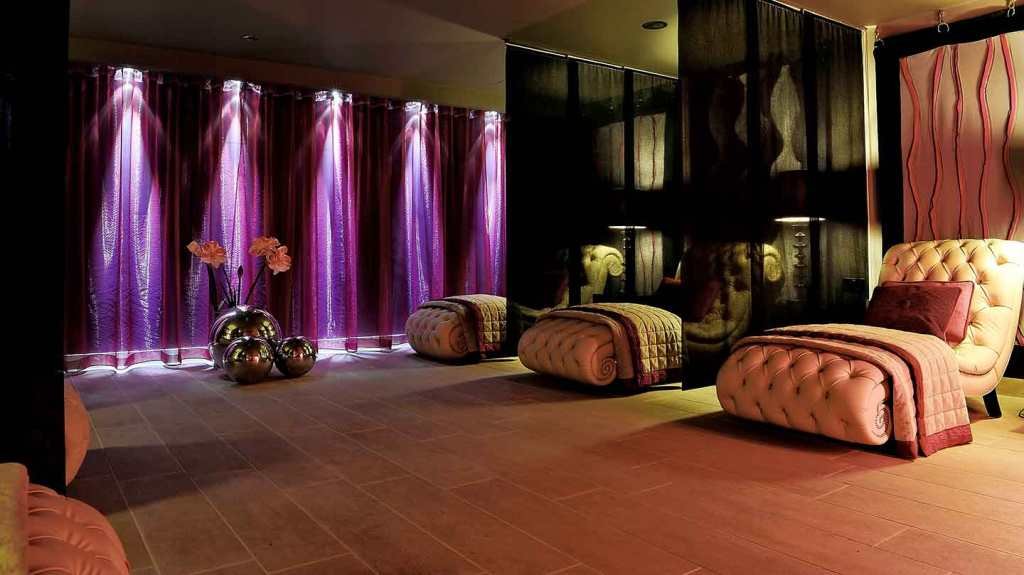
How to Style a Relaxation Room
Whatever the reason, there’s no doubt that people these days are really stressed out. In order to combat the stress and depression that seem to be taking over the planet, people need to start prioritizing relaxation and mental health. One great way to make relaxation a priority in your life is to set up a relaxation room in your home. A home relaxation room or sensory room can offer an escape from the struggles of life—a chance to decompress and refocus on the things that matter. If a relaxation room sounds like just the thing you need to get your life back on track, here are some tips to make it everything you want and need it to be.
Choose Soft Colors

If you’re heading somewhere to relax, you want the environment to be relaxing. That means avoid both loud colors, like bright reds and yellows, as well as drab colors like grey or brown. Instead, choose soft colors. Pastels or forest colors make great options for relaxation rooms. The key is to find colors that relax you that you also love.
Go for Texture

It can also be beneficial to offer objects that have different textures. One of the reasons sensory rooms help children with special needs is that the various textures offered can help kids calm down—and believe it or not, it works for adults as well. Try including some soft, fuzzy blankets or some silky pillows to give yourself different things to touch and feel.
Get the Right Gear

Once you’ve chosen a color palette and some textures for your relaxation room, your next step is to choose what you want to have in the room. Comfortable chairs or couches are a great idea for passive relaxation, but there are also more active ways to relax. For example, you could free your spine from back pain by investing in home massage equipment. A yoga mat might inspire you to do some relaxing stretches and movements at the end of a long day. Inspirational quotes on the walls can also be a beneficial way to remind yourself of the things you want to focus on so that you can set aside the things that are causing you stress.
Focus on Feng Shui

Feng shui is all about creating positive energy in your home, and in a relaxation room, there’s nothing more important. While there are many keys to creating good fengshui in your home, there are some things you should focus on first and foremost. For example, you should be sure to have good lighting in your relaxation room. If you can, use a room that has good natural light. Placing a mirror across from a window is a good way to reflect that natural light, brighten the room, and make it look bigger. Bringing plants into the room can also make it feel warmer and more inviting. Meanwhile, avoid clutter like the plague in this room as it can stress you out even more.
Establish Relaxation Rules

Believe it or not, creating rules for your relaxation room will help keep the room feeling sacred, and is a key to designing it. One easy and important rule is to ban screens, including televisions and smartphones, from entering the room. Studies show that screens stress us out, making them the opposite of what you want in a relaxation room. Other rules you might establish could include whether or not your kids can come in there—and under what circumstances—and whether or not you allow food into the room. The key is to ensure your relaxation room is set aside for healthy relaxation techniques that help. Leave the binging on Ben & Jerry’s while watching This is Us to your living room. The relaxation room should be a space for journaling, meditation, yoga, and massage—things that will make you feel better not just in the short term but in the long term as well.
A relaxation room can be a boon to any home. By dedicating an entire room to relaxation, you communicate to yourself and to your family that you place value on a calm, happy lifestyle and good mental health. This is a great way to remind yourself to focus on mindfulness and being present in the moment. It’s also a great way to show your kids how to practice healthy coping skills on hard days. Perhaps in a generation or two when relaxation rooms become the norm rather than the exception, rates of depression and burnout will decrease.




